Bubble tight dampers serve as shut-off devices in industrial applications to provide the lowest possible leakage ratio - zero leakage damper. A bubble tight damper controls a building's temperature, removes toxic air, and often provides fire protection, which is vital to creating safe and comfortable spaces within commercial, industrial, and institutional buildings.

OSHA standards address potential hazardous conditions that could lead to serious physical harm. Specifically, the General Duty Clause of the Occupational Safety and Health Act of 1970 (OSH Act) mandates that employers provide employees with a workplace free from recognized hazards, including contaminated air, that can cause death or serious physical harm.
What is a Damper?
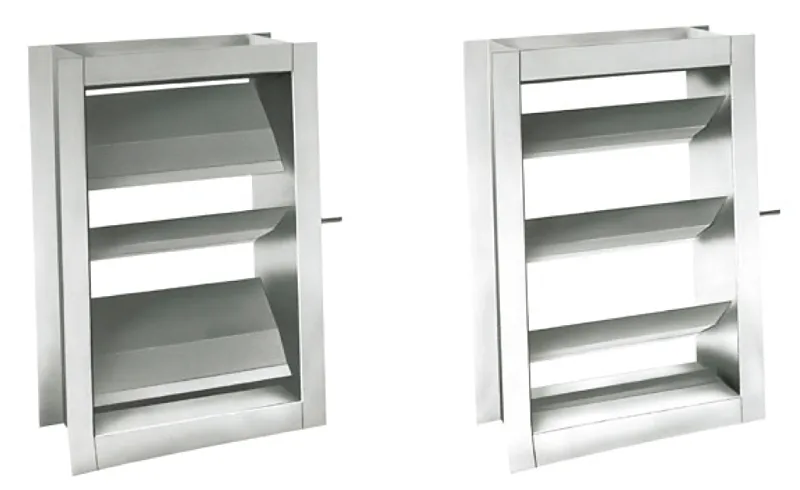
A damper placed in the ductwork, between rooms, or on the outside and inside of a building will manage the cool, warm, and toxic air inside a structure, which contributes to a comfortable and healthy indoor environment. In some cases, dampers may also provide fire protection.
How Dampers Work
Dampers use adjustable blades to regulate airflow from one side of the damper to the other, at times stopping it completely. The damper's design performs several functions: controlling the fluid volume, determining the directions, and shutting off or isolating the airflow. Commercial, industrial, and heavy-duty dampers provide backdraft and volume control for HVAC (Heating, Ventilating, and Air Conditioning) and industrial process applications.
Dampers improve the HVAC system's efficiency by controlling the airflow entering specific areas of a building (zones), saving energy and money, and improving the comfort level and safety of the occupants.
Low-Leakage Dampers
Low-Leak Dampers regulate airflow between rooms, ductwork, and the outside or inside of a building. Low-leak dampers help create a comfortable and safe environment by managing the room's temperature and preventing the spread of toxic gasses released during a fire.
Definition of a Low-Leakage Damper
The AMCA Publication, 511-13, defines an ultra-low-leakage damper as a device that leaks 6.93 cfm/ft2 (35.2 L/s/m2) or less at a static pressure differential of 12 inches of water (3.0 kPa). Certification of leakage performance of ultra-low-leakage dampers can occur at a static pressure differential of 12 inches of water (3.0 kPa) or more with a leakage not exceeding 2 × (DPs) 0.5.
Air-Tight Dampers
Air-tight dampers (bubble tight dampers) provide a vital component of a biosafety cabinet exhaust system. Building owners use bubble tight dampers for:
Definition Of a Bubble Tight Damper
The AMCA Publication 511-13A defines a bubble tight damper as a device with a leakage performance at the tested pressure that meets the requirements of the bubble test as described in ANSI/AMCA 500-D.
Bubble Testing Air-Tight Dampers
To test the damper's air tightness, manufacturers apply high air pressure to the damper, which collects air that gets through, and passes it through water to look for bubbles. An air-tight damper will not produce any air bubbles.
What is a Bubble Tight Damper?
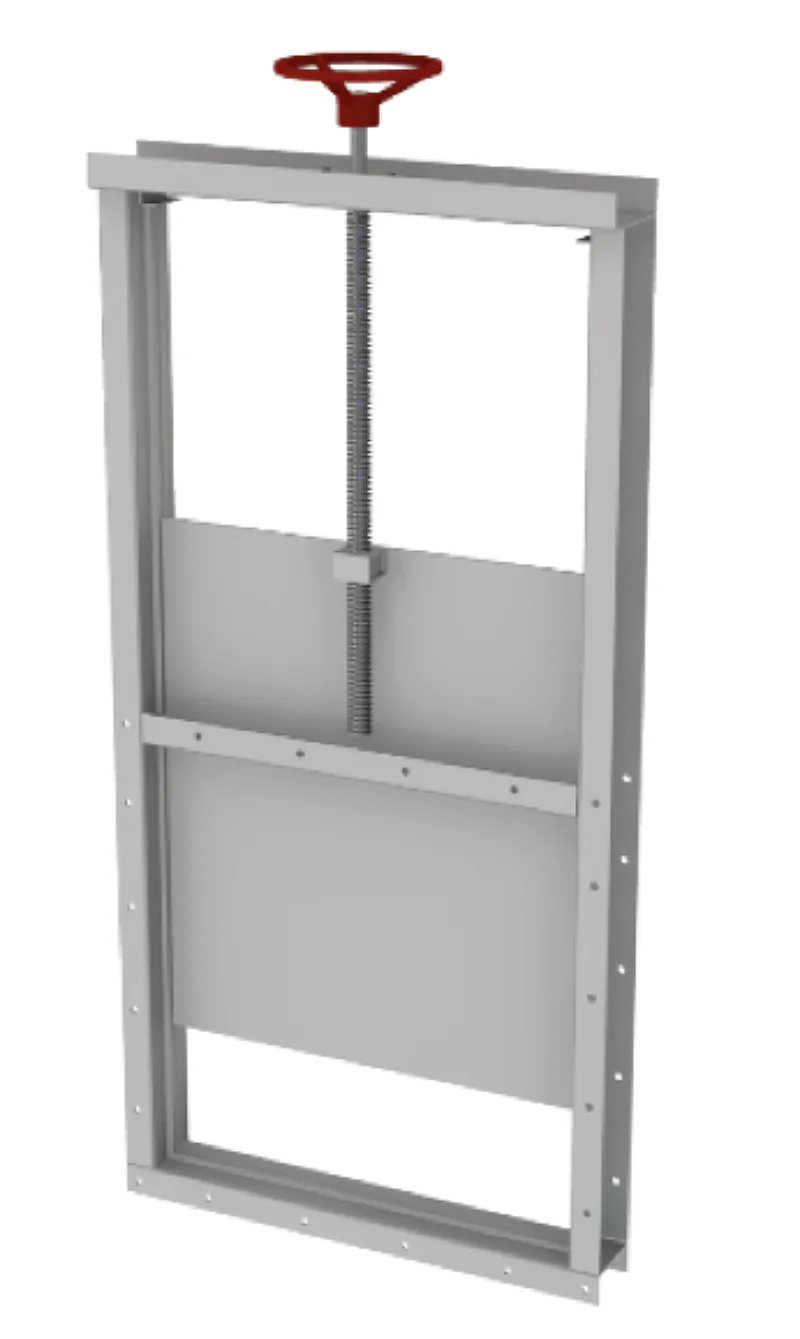
Bubble tight isolation dampers serve as shut-off devices in industrial applications, like wastewater treatment plants, laboratories, mining ventilation, etc. Bubble tight dampers achieve the lowest possible leakage ratio - zero leakage damper. The damper's blade must accommodate the rated pressure, and its silicone rubber seals should eliminate fluid leakage around its edges in the closed position.
Manufacturers of high-quality bubble tight dampers test their products to the AMCA Standard 500D.
AMCA Standard 500D requirements meet the ASME N509 test standards for nuclear air and gas treatments. The AMCA 500 D standard allows for a 1/16 inch (1.6mm) bubble to form in one second, or a ¼ inch (7 mm) bubble to form in 60 seconds.
The Design of Bubble Tight Dampers
The design of bubble-tight dampers should create a zero leakage damper, producing the lowest leakage ratio. In addition, the design of the blade or disc must accommodate the rated pressure with silicone rubber seals that eliminate any fluid leakage around its periphery in the closed position.
How Bubble Tight Dampers Work
Bubble tight isolation dampers, or Isolation dampers, effectively shut off and isolate one or more tiers of filters in a hazardous-duty containment exhaust system. Isolation dampers allow for shutting off of the filtration system for decontamination or filter changing.
Pertinent Bubble Tight Damper Installation Procedures
Dampers are devices that use adjustable blades to regulate the airflow from one side of the damper to the other, which may be located within ductwork, between rooms, or between the outside and inside of a building.
Builders typically install bubble tight dampers within ductwork, between rooms, or between the outside and inside of a building. However, successful installation of a bubble tight damper requires an experienced and qualified contractor. Here at AWV, we also recommend the following installation tips:
Unpacking and Storing the Dampers
At the job site, carefully unpack and inspect the dampers, noting any damage and informing your representative before installing.
Do not stack the dampers and store them covered in order to avoid debris falling off them.
To avoid damage to the dampers, limit rehandling.
Damper Installation Tips
Before installing the damper, inspect the surrounding area and ductwork for any obstructions that could interfere with the blade rotation, linkage, or actuator mounting.
Do not drop, crush, drag, or apply excessive twisting, bending, racking, or skewing loads upon the damper frame, blades, linkage, or accessories.
To avoid damaging the blades, seals, or frame, do not use a hook or chain inside the damper frame for lifting.
Applications of Bubble Tight Dampers
Bubble tight dampers enhance the air quality and improve the comfort level and safety for numerous applications, including data centers, pharmaceuticals, healthcare, manufacturing, power plants, water treatment plants, educational and food industries, and more. Contact our bubble tight damper professionals today for a bubble tight damper cost estimate.
Source the Right Bubble Tight Damper for Your Project from AWV
American Warming and Ventilating (AWV) offers numerous bubble tight damper systems in both round and rectangular duct systems. To ensure continuous product development and performance, we test our dampers to the AMCA Standard 500D in our AMCA registered laboratory in Bradner, Ohio.
VC-56BT
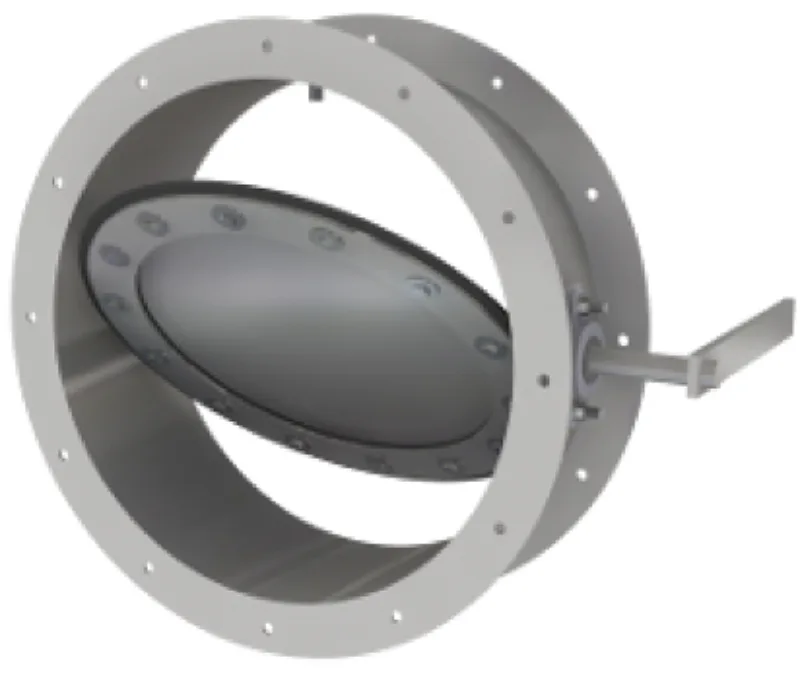
VC-56BT bubble tight dampers provide a heavy-duty, single thick blade, with a maximum pressure of 15 in w.g. for isolation applications.
The VC-56BT is available in multiple material types. Also, higher pressure applications may be available upon request. Contact your AWV Sales Representative for more details.
VC-90
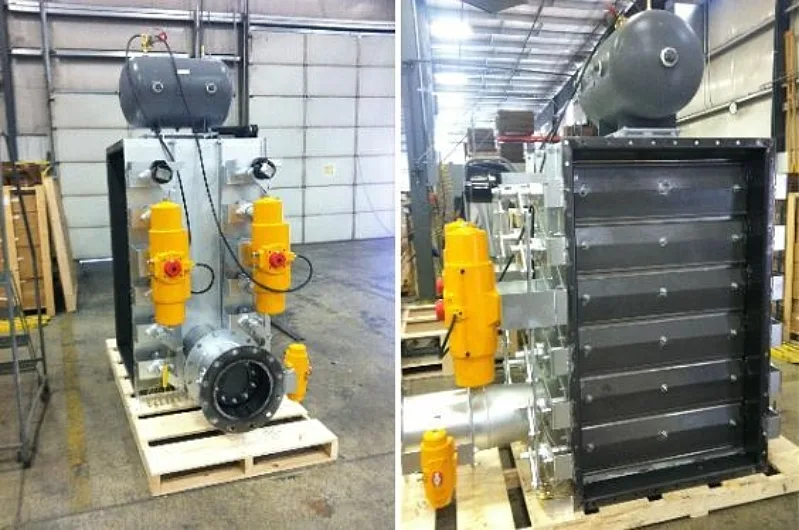
The VC-90 bubble isolation damper offers a seal air heavy-duty volume control, airfoil blade, parallel or opposed.
VC-96
The VC-96 bubble isolation dampers furnish a seal air heavy-duty volume control with a single thickness blade and a maximum pressure of 60 in w.g. Similar in function to the VC-90, the VC-96 is a round version.
SL-100BT

The SL-100BT bubble tight damper offers a maximum pressure of 40 in w.g. with a single thick blade and a maximum velocity of 6000 fpm.
SG-SERIES
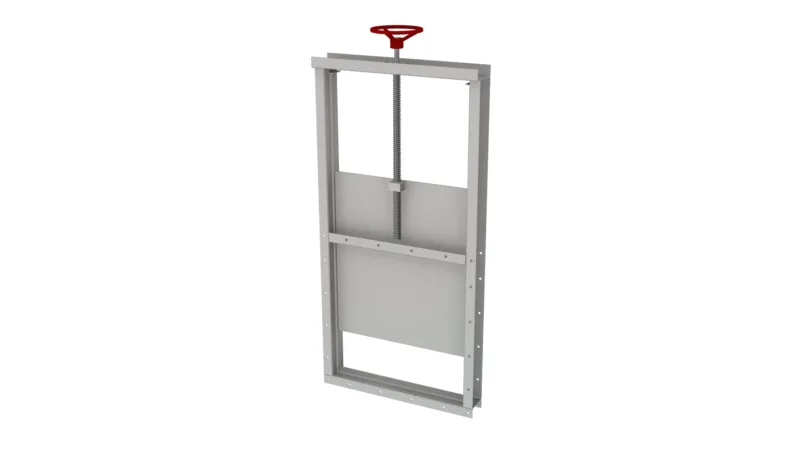
The SG-Series guillotine/slide gate damper is a low leakage-industrial damper used when space (flange to flange) is of concern.
The high-end SG-Series Guillotine Damper can come with a seal air fan to achieve zero leakage while nearly eliminating pressure drop through the damper. They are available in round and rectangular duct systems. Guillotine dampers isolate and shut-off off duct work systems to close off equipment and allow for maintenance. Typically builders use Guillotine dampers for scrubber inlet and outlet isolation, flue gas clean-up, stack isolation, and precipitator isolation.
Why Choose AWV Bubble Tight Dampers?
For more than 100 years, AWV, a division of Mestek, Inc., has designed and manufactured high-quality, heavy-duty dampers for commercial, industrial, and institutional facilities.. Regardless of the complexity or simplicity of your project, AWV can provide the right damper system for your application: wastewater treatment, military, fossil fuel, petroleum, pulp and paper, chemical, nuclear, marine, medical, educational, and more.
For all your damper requirements, call our bubble tight damper experts at 1-855-948-0904 or contact us today for technical specifications and the name of our representative nearest you.




